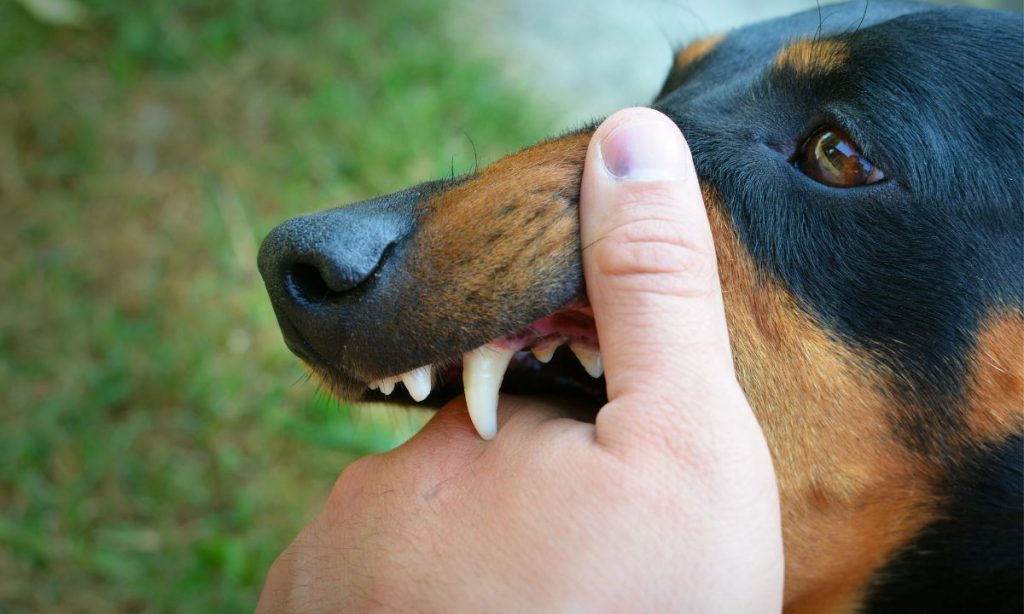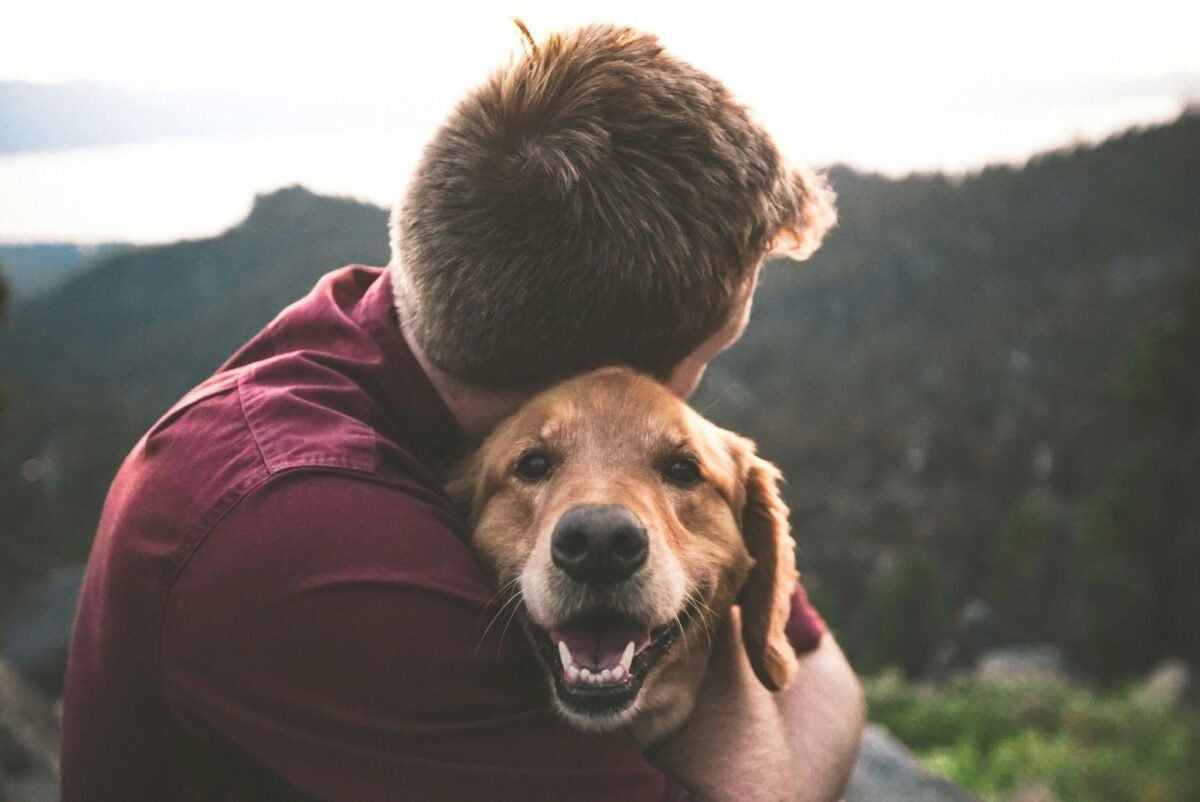Last Updated on April 7, 2022 by Dogs Vets
Dog Paws: All You Need To Know
Dog paws are an essential part of their anatomy. They are important to a pup’s functionality and should not be neglected.
Just like human feet, they are unique and come in different sizes, shapes and colors. Some breeds’ paws are wide or narrow.
Another distinguishing factor is the hair between some toes and webs in others.
You can spot clear nails on breeds like German Shepherd, Labradors and greyhounds while breeds like Pug, Newfoundland, Doberman, and Black Russian Terrier have dark nails.
Not all dogs have dew-claws on their hind legs but then some do. Such characteristics vary from breed to breed, even dog to dog.
Why do dogs’ feet smell like Fritos?
Most dog’s feet tend to smell like Fritos corn chips. It’s largely because dogs come in contact with a lot of surfaces each day and can pick up and store bacteria on their paw pads.
Two called Pseudomonas and Proteus are the reason for the Fritos smell. They are activated when mixed with sweat from the paw pads and even saliva from licking their toes.
It is nothing to worry about, as our own feet also sweat and smell, however, if the smell bothers you or makes you uncomfortable, it can be reduced by simply washing your dogs’ feet regularly with a pet-friendly shampoo.
You also have to trim long hair between the toes as well, as long hair tends to encourage bacterial storage and growth.
Is it normal for dogs to lick and chew their paws?
Dogs lick their paws for a whole number of reasons, the commonest of them is self-grooming. Dogs can be quite hard to deal with when it comes to their paws, they will lick them once in a while to self-clean. This is absolutely normal.
Where you may have a problem is when they lick them aggressively or frequently. It is usually the indicator of a health or behavioral issue. It could be a reaction to paw irritations, allergies, dry skin, arthritis, injuries, a growth, cyst or tumor, and, or external parasitic infections. In such cases, it is best to see a vet.
Dog paw anatomy
A dog’s paw has five basic components:
- The digital pads. They are also known as paw pads or toe pads and are located on each of the dog’s four toes. They function as load bearers and help the dog’s bones and joints absorb shock from surfaces.
- Metacarpal and metatarsal pads. They are the largest paw pads on a dog’s forelegs and hind legs respectively. These pads are located at the center of the dog’s paw and are usually heart-shaped. They also act as load bearers and shock absorbers like digital pads.
- Claws. You can also call them dog nails. They grow at the end of each toe. They create traction and play an important role in a dog’s grip, helping him dig or tear at his prey.
- Dewclaws. A dewclaw is like an extra toe that appears just a little bit higher than the rest of your dog’s digits. They are usually on the forelegs of a pup but sometimes appear on the hind legs. A dewclaw helps dogs grip objects with their paws or climb trees. It also provides extra traction and stability to the wrist joint.
- Carpal pads. They are cone-shaped, covered in thick skin and are located just above the dewclaw. They aid a dog’s balance and are instrumental when a dog slows down skids or stops. Paw pads also serve as insulators for dogs’ feet, particularly during extreme weather. They also grow tougher with use and greatly aid dogs in adapting to their environment.
Dog Paws difference
Dogs have three different types of paws according to shape. They are:
1. Cat Feet
These types of feet closely resemble a cat’s. It is characterized by non-retractable claws, small round paws and high-arched toes that are bunched closely together. The key pro of the cat feet is the endurance and stability it gives to dogs. That is why it is usually found in working dogs.
This type of paw can be found in the Kuvasz, the Giant Schnauzer, the Doberman Pinscher, the Akita, and the Newfoundland amongst other dogs.
2. Hare Feet
It is characterized by two longer centre toes like the feet of an actual hare. The advantage of this paw shape is explosive speed, especially over short distances.
This kind of paw can be found in breeds like Greyhounds, Samoyeds, Australian shepherds and standard Poodles.
3. Webbed Feet.
Even though most dogs’ feet are somewhat webbed, proper webbed feet are characterized by extra skin between the toes. Such dogs are well suited to work in or around water. They are bred for majorly swimming, hunting and retrieving.
Dogs like the Newfoundland, Portuguese water dog, Dachshunds and Retrievers like the Labrador all have webbed feet.
Healthy Vs Unhealthy Dog Paws
Dog paws are as sensitive as human feet and require proper maintenance to function optimally. Not tending to your dog’s paws will increase its vulnerability, risk of injury, infection and even invasion by parasites.
A healthy paw is usually smooth to the touch and free of abrasions. Rough, dry paw pads are unhealthy and uncomfortable.
To ensure paw health, owners should regularly check their dogs’ paws for the following:
- Swelling of the toes, which can be a sign of injury or bacterial infection.
- Chipped, broken, overgrown, or ingrown nails. These can be very painful for dogs and increase the risk of disease. Visit a vet if your dog has a serious nail break.
- Cracked paws, bleeding, crusty, red or peeling paws are very uncomfortable for pups and can cause excessive licking, which will ultimately worsen the problem.
- Blisters or burns. These are usually caused by the pet’s environment. For example, hot asphalt, or uneven surfaces.
It is also important to watch out for excessive licking or chewing of paws. This usually indicates dry skin, discomfort, irritation, allergies and a whole number of other disease possibilities such as a bacterial or yeast infection.
Paw Maintenance
Here are a few tips to help you maintain or improve your dog’s paw health:
1. Regularly check your dog’s paws for signs of ill health or foreign objects.
Do this by gently spreading the paw and carefully checking between each toe and paw pads. Use a pair of tweezers to remove objects lodged in the paw.
2. Trimming your dog’s nails and paw hair regularly.
Overgrown nails could harm your dog so make sure to trim them every 3-4 weeks. Using a dog nail grinder is recommended, especially for dogs with black nails because it helps you take off a little at a time. You should also cut off long hair between the toes that may pick up dirt and debris.
3. Wash your dog’s paws in warm water and towel dry immediately after a walk.
This helps you get rid of the bacteria or dirt that they may have picked up on the way.
4. Avoid exposing your dog’s paw to harsh elements or extreme temperatures.
A dog’s paw’s optimum temperature is 65-75 degrees. Don’t allow them to walk on hot asphalt as it could burn their feet. During winter, you could also use booties or paw waxes to keep their paws warm.
5. Moisture your dog’s foot regularly, especially in cases of dry paws. Use a pet-friendly moisturizer, not a human one.
6. Engage them with some outdoor exercises to help toughen their paw pads and aid them in adapting to their environment.
Conclusion
Caring for your dog’s paw may seem difficult but by following these tips, it’ll definitely be clearer and less stressful. It is also important to schedule visits to the vet at least quarterly or once every four months. This will help your dog stay in top shape all year long.
Facts Check
We hope you enjoyed this article… What are your thoughts on Dog Paws?
Рleаse feel free to share with us in the comments section below!

















